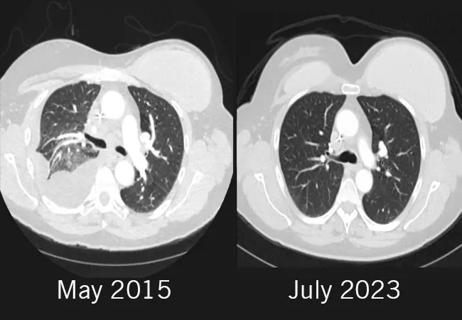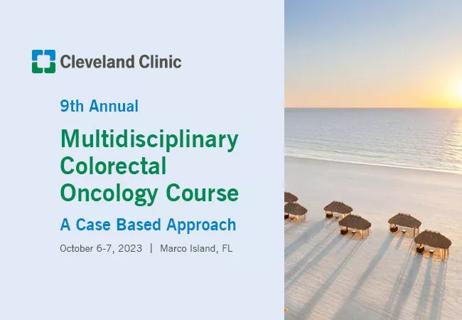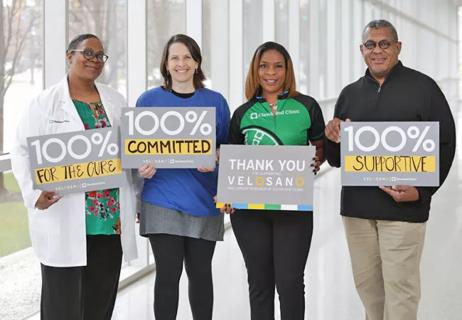
By Mikkael Sekeres, MD, MS
Advertisement
Cleveland Clinic is a non-profit academic medical center. Advertising on our site helps support our mission. We do not endorse non-Cleveland Clinic products or services. Policy
“I don’t know if I’m looking forward to being 98.”
My 97-year-old patient revealed this to me during our first meeting in my clinic examination room.
“What do you mean?” I asked.
He rested both forearms on the high arms of his wheelchair, which caused his shoulders to hunch and gave the impression that he was about to spring into action. He spoke deliberately, choosing his words carefully. His eyes were rheumy but sharply focused, commanding my attention.
“I don’t want to end up… you know, blotto,” he said, quickly pantomiming a person slouched to one side of his chair, mouth open.
“Why do you think that might happen?” I asked.
“Because of my medical condition, or whatever you’re going to recommend I treat it with,” he answered, matter-of-factly…
Read the full New York Times column by Dr. Sekeres, Director of Cleveland Clinic Cancer Center’s Leukemia Program.
Advertisement
Advertisement

Timing and type of side effects differ greatly from chemotherapy

Dedicated multidisciplinary teams support 84 ultra-rare cancers

Sessions explore treatment advances and multidisciplinary care

New research from Cleveland Clinic helps explain why these tumors are so refractory to treatment, and suggests new therapeutic avenues

Combination of olaparib and carboplatin results in complete durable response for a patient with BRCA2 and “BRCAness” mutations

Early communication between oncologists and ophthalmologist warranted

Case-based course delves into latest treatment approaches

Long-term relationship building and engagement key to gaining community trust